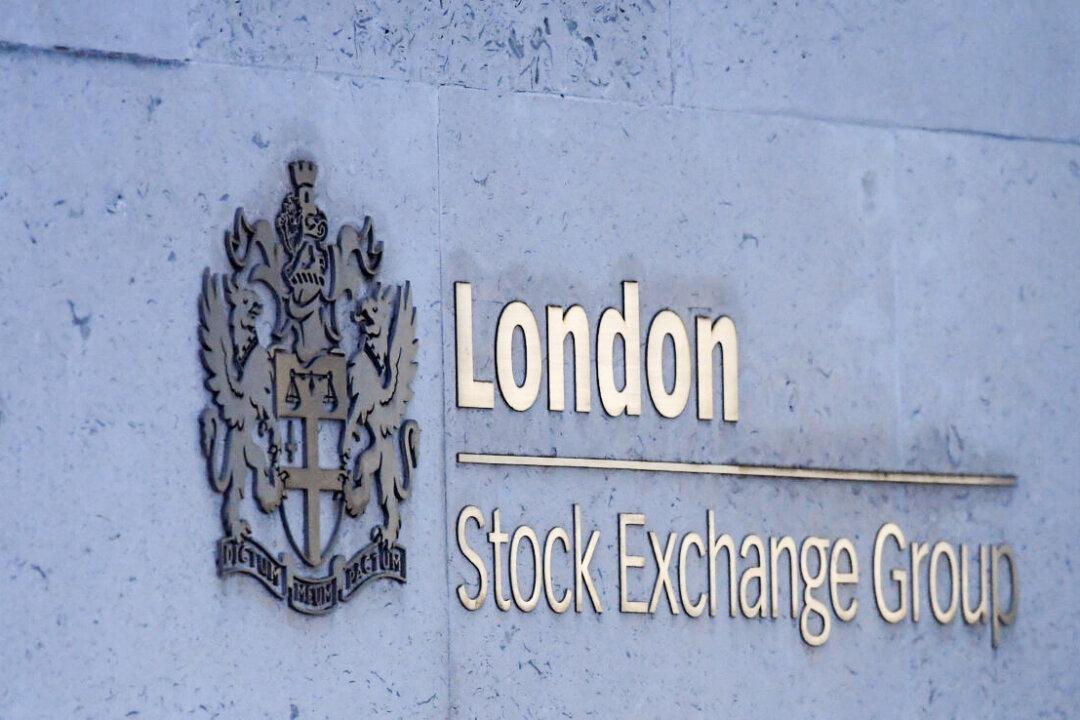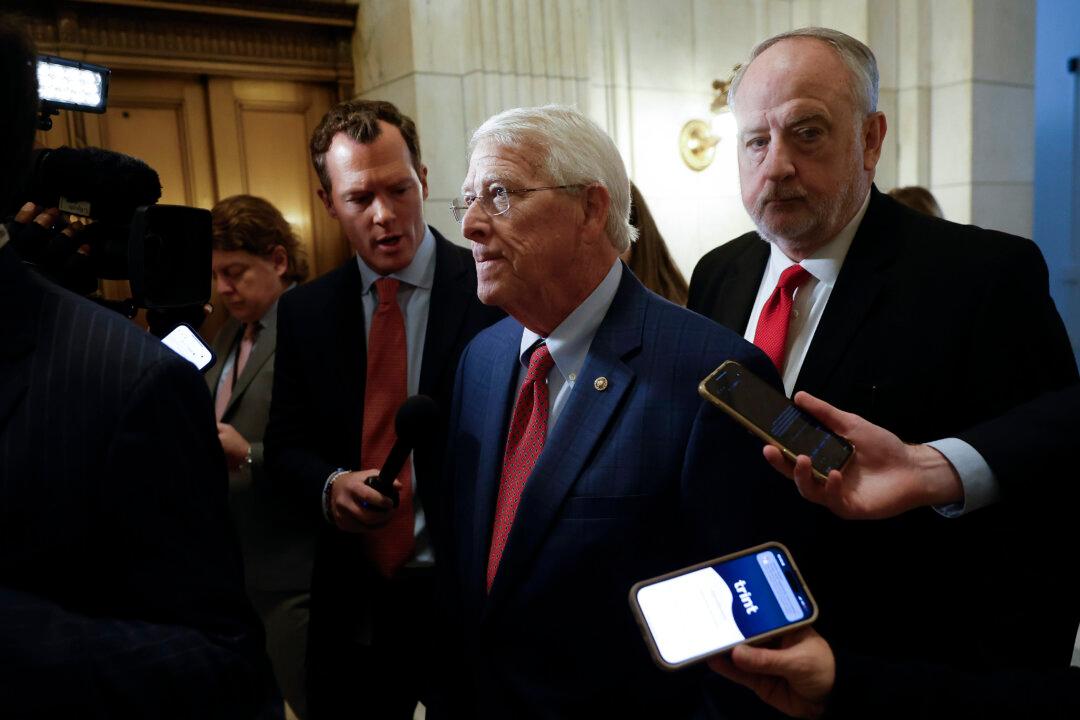LONDON—World shares limped towards their worst month since February, with sentiment hurt by still-gloomy China factory readings on Thursday, as traders awaited European and U.S. data that could add to bets that interest rates have peaked.
Europe’s main bourses started fractionally higher as UBS’s results and cost-cutting plans for its Credit Suisse takeover sent its shares 5 percent higher, and travel and leisure stocks gained 0.7 percent after their worst month of 2023.





